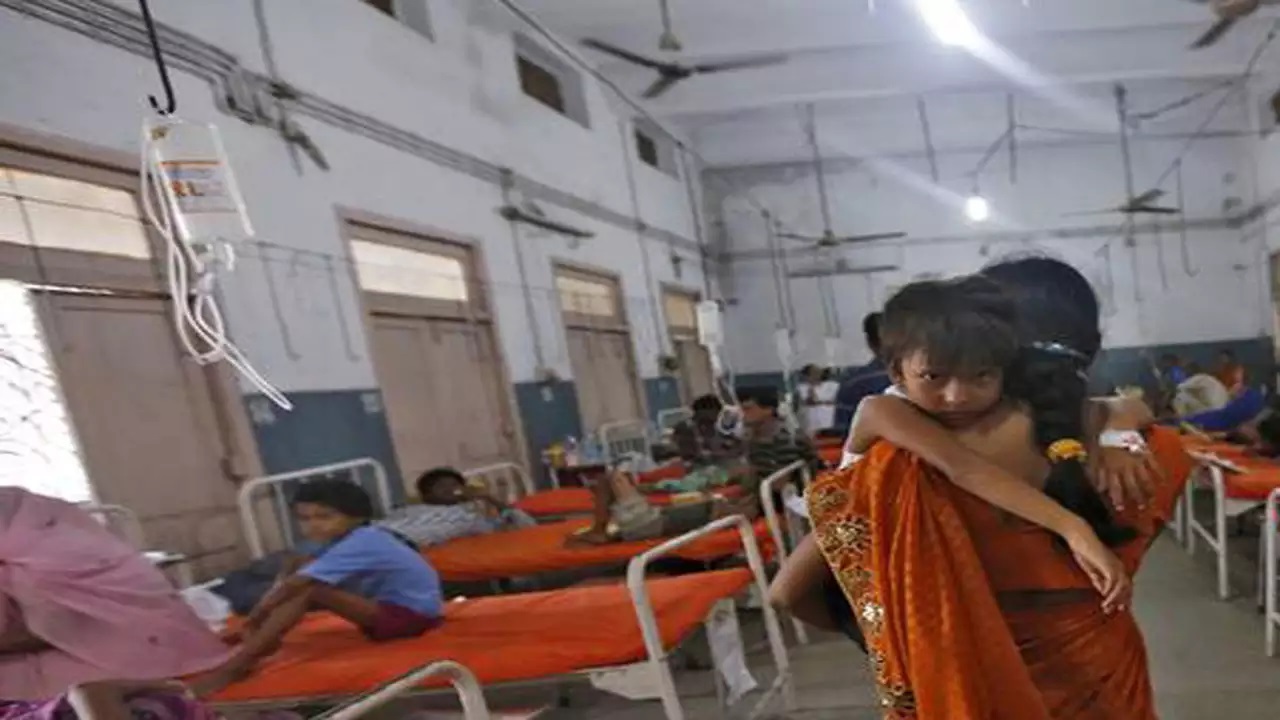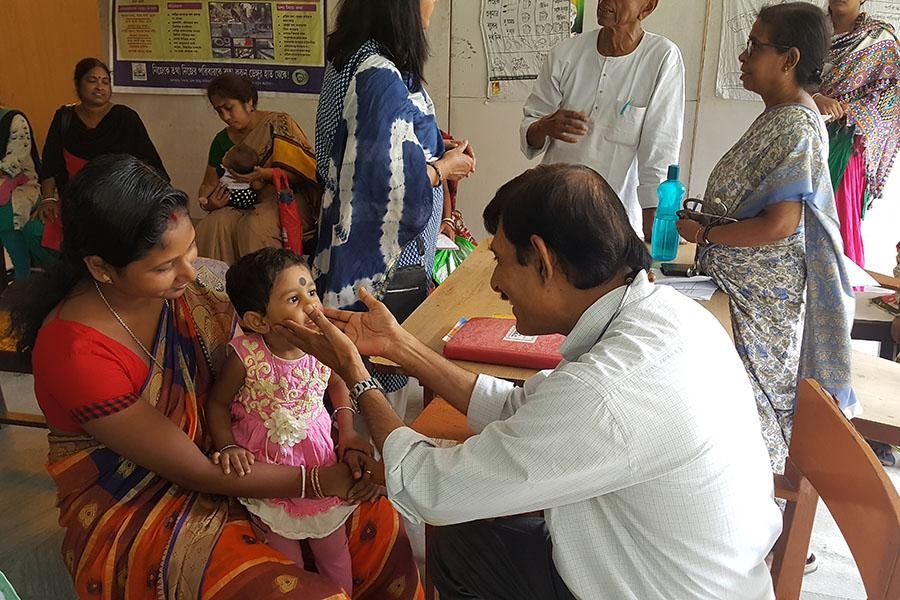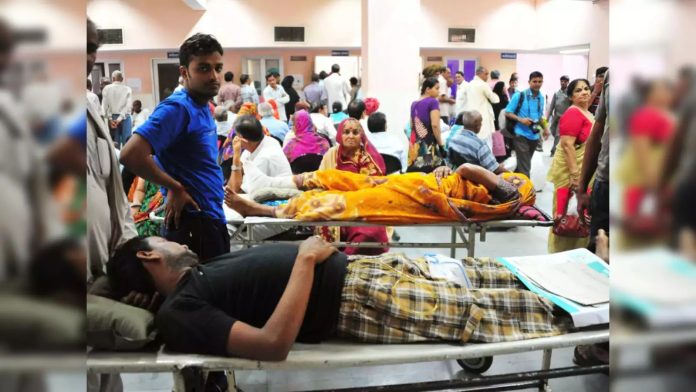- The global community was in for a rude shock when the once-in-a-century pandemic struck rendering every country under the shadow of a debilitating meltdown on all parameters, including the economy. The most severely hit sector was the healthcare industry which was found to be grossly inadequate to service millions of people who came under the spell of the virulent virus. The situation was not different in some of the most advanced nations, forget about the developing and poor countries who were found affected incredibly. The Indian population was placed under tremendous strain when the healthcare infrastructure simply crumbled under the deluge of virus-infected patients lining up before the hospitals. It’s another matter altogether that scores of lives were lost for want of adequate beds, medicines, ventilators, and care.

PC: Times of India
- The pandemic forced the administration to focus on sprucing up the healthcare infrastructure on expected lines. However, the allocation of funds to position healthcare infrastructure at par with some of the advanced nations has not been fructified simply because of the sheer population of the country. Plus, the lagging of several decades where the sector was given lesser attention. No wonder, several horror stories of how suffering patients are being left in the lurch by the inadequacy of the healthcare infrastructure keep hitting news headlines most often. As reported recently, a cancer patient died in Delhi as hospitals turned him away. Sadly, the citizens have become cynical since nothing seems to improve on this front.
- Moreover, we also know why this happens, but no one cares. A 46-year-old cancer patient from Uttarakhand was admitted to Delhi State Cancer Institute (DSCI) on March 16. He died on March 30. Over March 28-29, AIIMS, Safdarjung, and GB Pant refused him treatment. He returned to the DSCI and died hours later. What the patient faced in his last hours, the trauma his wife went through, and the Delhi government’s statement on the tragic incident, all bring into sharp and painful focus everything that’s wholly wrong, brutal, and callous, in the state of emergency care and end-life care across hospitals. Did the 46-year-old need critical care intervention, a ventilator, and ICU facilities? Or did he need palliative end-of-life care? There are questions galore, you see.

PC: Forbes India
- The point is, neither was made available to him – the former is in shortage and the latter is non-existent. The family will never know what transpired – but remain scarred for life that he died because hospitals didn’t care. Shortages are of both infra and trained personnel. Reams exist on what’s required. India-wide, there are barely 18,000 ventilators in govt hospitals and 30,000 in private hospitals. These numbers include faulty and non-functioning ventilators, where maintenance is zero, among many other idle medical machines. These are just numbers to tick off as done on by bureaucracy’s PPTs. Could the patient have been saved? Who will save these dying hospitals? GOI’s health outlay is barely 2% of GDP. Unfortunately, patients will be on their own.






